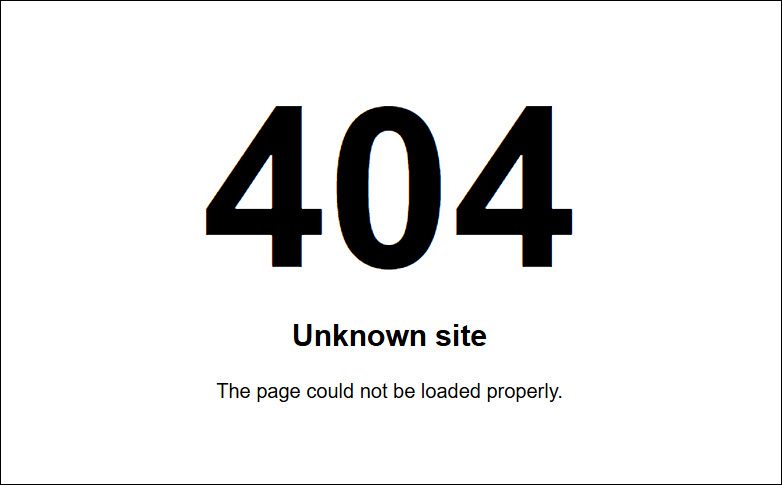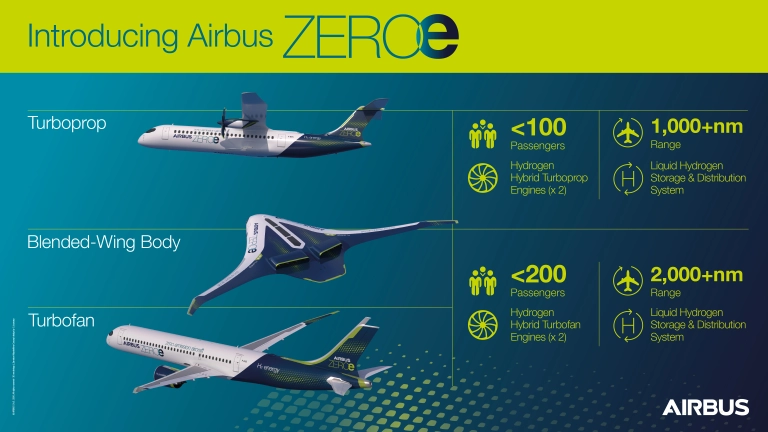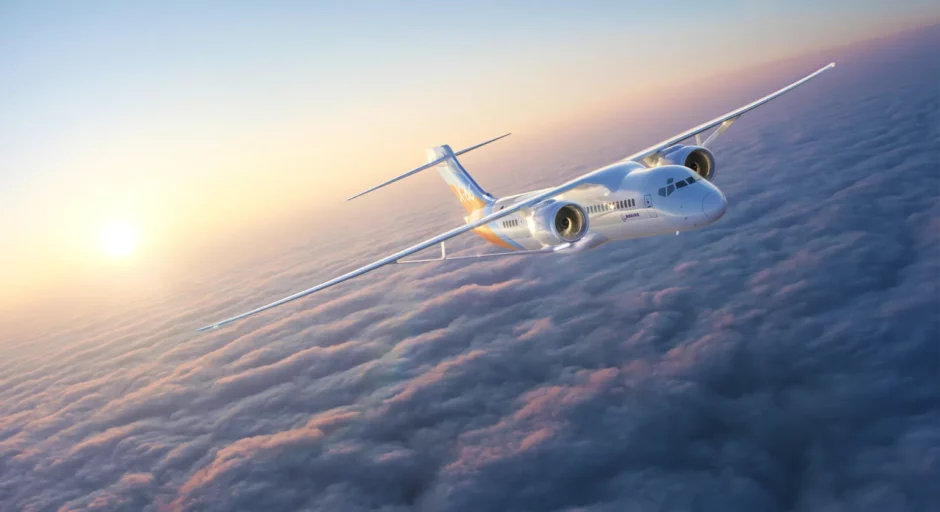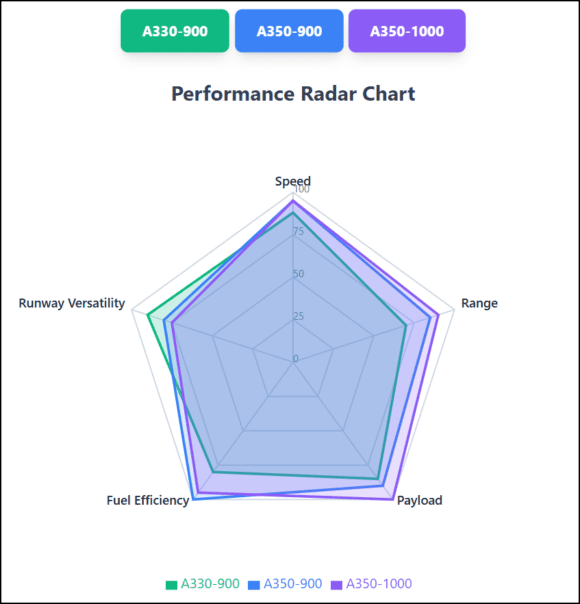Even as some continue to promote the NetZero philosophy, there are growing signs that this idea is starting to fade. Some years ago, we attended the IATA GM in Boston and wondered what had been unleashed with NetZero. While the entire industry wanted to accelerate the date to achieve NetZero, the Chinese pushed back for more time.
It turns out the Chinese were correct and more realistic.
As always, if you want to understand what’s really going on, follow the money. The serious players are those with “skin in the game,” and everyone else is the audience.
BlackRock has exited the Net Zero Asset Managers (NZAM) group. As the world’s largest asset manager, BlackRock is a player. The firm was a leading voice for carbon emissions a few years ago.
IATA continues to promote concerns about emissions. Wisely, the focus is on SAF. Remember Universal Hydrogen? The company raised $100m and then collapsed. This is their website now.

Today, another body blow to the great green future. Airbus is pushing back its ZEROe plans. In January, Airbus touted hybrid-electric aviation. CityAirbus, the eVTOL effort, made its first flight three months ago. A month ago, that program also seemed to have slowed. Airbus has offered considerable ideas in its approach to the future of commercial flight, as the following infographic illustrates.

Boeing has consistently favored SAF as the way forward. Most recently, Boeing has been working with Nordic SAF. Moreover, while Airbus was touting its ZEROe future aircraft, Boeing offered its vision in the X-66A. The X-66A will fly before any of the Airbus aircraft in the infographic.

Embraer’s Energia program has also gone quiet.
In 2022, the ICAO, the UN agency governing civil aviation worldwide, agreed to achieve net-zero carbon dioxide emissions from international aviation by 2050. How is it going? The EU has taken a lead. The rest of the world? Not so much.
IICT.org reports: “Legally binding SAF requirements in Europe, Indonesia, and Brazil, along with mandates under development in the United Kingdom and Japan, are consistent with 2% global SAF uptake by 2030. Non-binding goals (including ICAO’s aspirational goal of 6% SAF in 2030, select carrier commitments, and the Inflation Reduction Act tax incentives in the United States) could potentially bring 2030 volumes up to the assumed Action level of 3% SAF by 2030.” They further state: “Clearly, governments and airlines need to do more to make the aviation sector compliant with the Paris Agreement.”
The EU’s legalistic approach forces operators to move in a specific direction. Coercion is not a viable long-term public policy, but it works for a while. Operators must see an economic advantage and want to move in that direction. It is a pull rather than a push that works. Don’t be surprised if NetZero gets moved further to the right, just like the Chinese said it needed to in 2021 in Boston.
Views: 148




